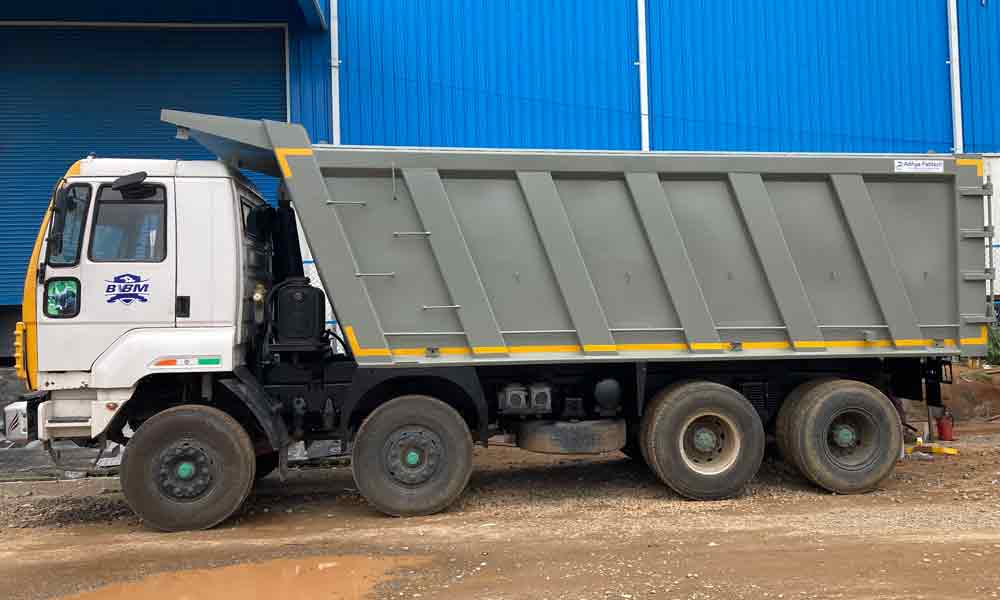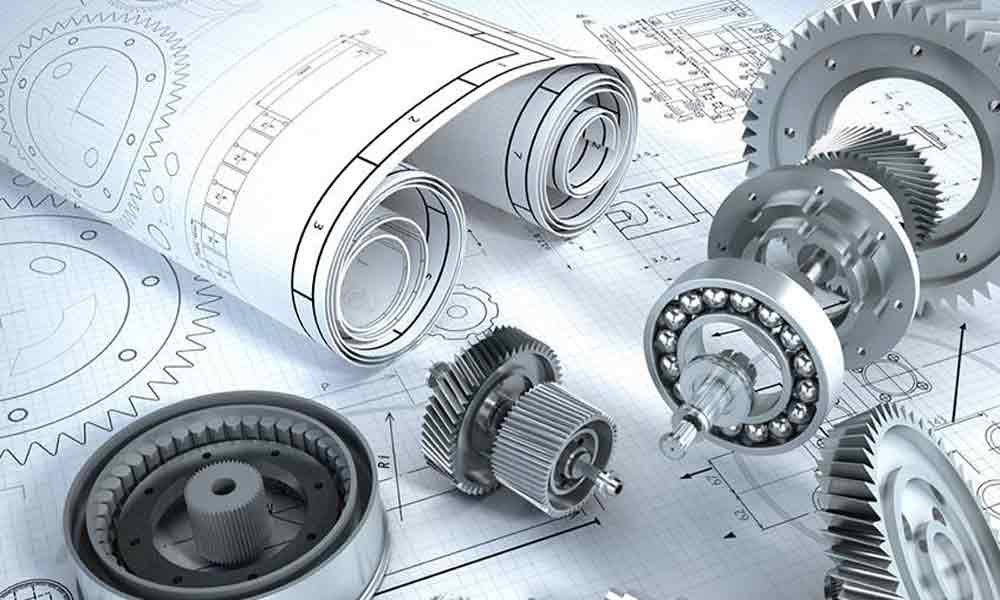Truck Body Building Industry - Automobile Body Building Business

Automobile body building is an important activity. The chassis are supplied by Automobile manufacturers, and body is built by automobile body builders. Bus/Truck is used as the most common public transport vehicle in our country. Different State Transport Undertakings are plying their buses for commuting public from one place to another and from one State to another. Apart from these Undertakings, Private Bus Operators, travel agencies etc. are also operating buses on permit basis.
There are two basic types of products: on-road and off-road. On-road truck bodies are designed for vehicles that travel mainly on highways and paved roads. Off-road truck bodies are designed for trucks that travel on unimproved roads or cleared land.
Some truck bodies are designed for vehicles used in mining, agriculture, construction, or farming activities. Others attach to tow trucks and wreckers, delivery vans and vehicles, water sprayers, cable and telephone trucks, and repair equipment.
Automobiles body building units generally specialize in a few types of vehicles. For example, a body building workshop of small capacity can undertake either trucks or buses of standard design or mini buses or delivery vans or similar other vehicles used for commercial transportation of goods & passengers. But, sufficiently big auto-body building factories can undertake a range of chassis’s for constructing and mounting body on them. Auto-body building involves a lot of structural designs, wood & metal working processes, fastening techniques surface protection measures, arranging various accessories and instruments electrical and safety devices at proper places. Such a factory requires to be fully equipped with full-range of wood/metal working machines and tools, treating and testing equipment’s, high level of productivity and quality oriented team and much more facilities indeed. Body building is a labour-oriented work where all calibers of personnel’s and hardworking labourers are treated as assets.
Classification of Truck Bodies
Trucks are categorized on the basis of truck body construction like the following:
1. Flat platform
2. Drop side
3. Fixed side
4. Tipper body
5. Tanker body
(1) Flat Platform
A flat structure consists of a floor blade with edge members and beams which are used to mount the engine and suspension elements. A flatbed truck is made up of a chassis fitted with a platform body on which goods are carried. Cargo is secured on the deck with ropes or sheeting. Flat beds are flexible and can accommodate many different types of loads.
(2) Drop Side Type Body
This type of body follows the main structure of the flat platform body with an addition of timber sides and a tailboard, capable of being drop to assist in loading and unloading.
• A drop side body is a flat platform with hinged sides and tailboard, held in the upright position by fastening to short vertical pillars that are generally removable.
• The sides are normally made up by interlocking hollow plank sections.
(3) Fixed Side Deck or Half Body
The fixed neck type provides the lightest weight however but a sacrifice on the ability to detach and loading capacity from the front. For the ease of detaching and being faster in achieving this task the low deck has the hydraulic detachable trailers, but they compromise on the weight and length of deck. They are among the most common and versatile used trucks. The hydraulics of this type can be run from the truck auxiliary or pony motor in the neck of the trailer.
(4) Tipper Body
The prime requirement of any tipping body is that it shall be a rigid unit capable of withstanding the rough usage to which the type of body is subjected.
• A tipper body is attached to a rigid cab chassis and is used to carry a wide range of bulk products, such as gravel, sand and grain.
• It is hinged at the rear which allows the front of the truck bed to be raised and the contents set down behind / side the truck.
(5) Tanker Body
A commodity carried by tanker includes fuel, oils, milk, water, varnish, and edible oils etc. In the case of fuel transport, to ensure safe handling, internal baffle plates are used to cut down the surge of liquid.
A tracker truck is a truck with a trailer that carries liquids. It can be the subject of special regulations if the cargo is classified as hazardous materials such as flammable liquids such as gasoline or diesel or corrosive materials such as acids and liquid fertilizers.
(6) High Side Deck Body
The high deck trucks have their trailer bed situated high above the trailer wheels, which provides a raised uniform platform for the cargo to carry. On the other hand the low deck trucks are those that have two level drops in their deck heights. One drop is immediately after the gooseneck and the other immediately before the rear wheels. The low deck trucks are also better known as the flatbed trailers. As compared to the high deck trucks this drop allows the low deck trucks to be extremely low.
The high deck trucks are more conventional and are basically used for all types of load carriers. When there is no specific unconventional requirement, the high deck trucks prove to be regularly used. The high deck trucks were the first made trucks in the industry and from the learning’s and changing requirements of times the low deck trucks were born.
(7) Low Side Deck Body
As soon as the legal machinery started objecting to the loading capacity and volumes of carried equipment the need to have a low deck truck emerged. This led the manufacturers to design the low deck trucks wherein they could actually provide a lower deck in between the gooseneck and rear wheels to cater to transit of high equipment’s. This led to the manufacture of the low type.
As stated earlier the high deck types are often used to carry the cargo and vehicular loads, on the other hand the low deck comes in various types for a wider range of tasks. Among the low types there is a fixed gooseneck that provides the longer length of deck and is lighter in weight as compared to others.
They have low height than normal with the use of low profile tires. Fixed gooseneck types have drop ramps to help facilitate loading and unloading of equipment. The other type is known as mechanical gooseneck that has second largest length and weight among trucks.
The Low deck trucks have been known to provide the specialty equipment moving as compared to the conventional high deck trucks which are the general movers and have restricted height moving capacities with them. Also with the help of combinations of gooseneck detachment it is extremely easy to unload and load heavy equipment’s on the low deck trucks quite a reason as to why the low decks are preferred means these days.
The automotive industry in India has been on a growth trajectory with impressive spikes in sales, production, and exports over the last two years. With an average production of around 24 million vehicles annually and employer of over 29 million people (direct and indirect employment), the automotive sector in India is one of the largest in the world. India is the largest tractor manufacturer, 2nd largest two wheeler manufacturer, 2nd largest bus manufacturer, 5th largest heavy truck manufacturer, 6th largest car manufacturer and 8th largest commercial vehicle manufacturer.
For every vehicle produced, direct and indirect employment opportunities are created with greater employment.

